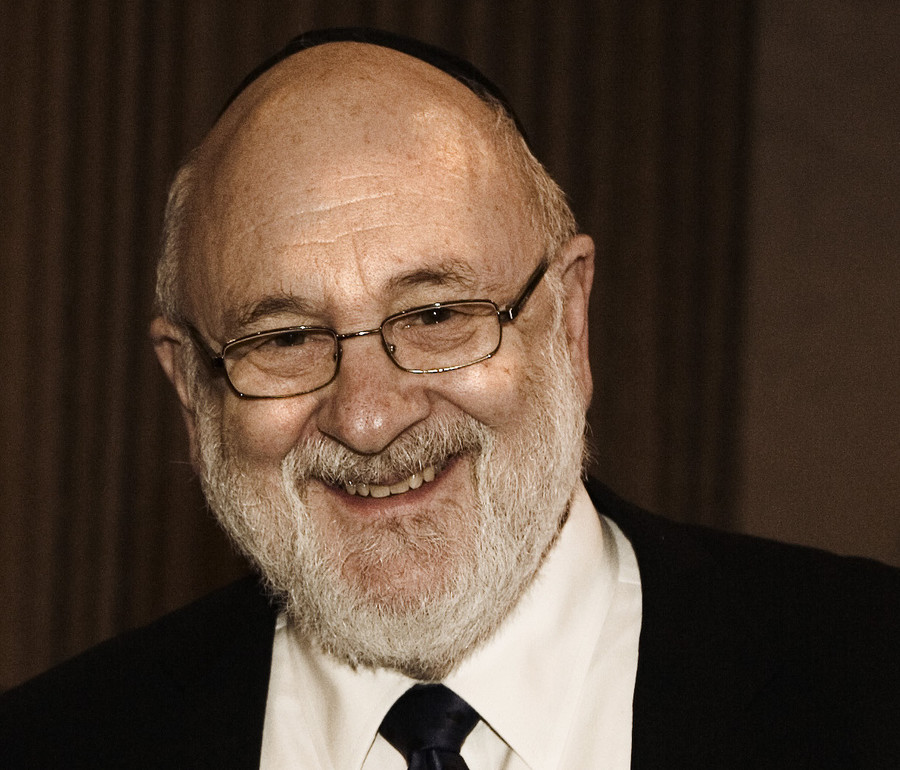Facing holy days with a willingness to change
Sometimes even the corniest of old jokes has a profound lesson to teach us.
“How many psychologists does it take to change a light bulb?”
In case you haven’t already heard the answer to this example of tired “light bulb” humor, it goes like this:
“Just one. But it has to be willing to change!”
This witticism, if it deserves that name, recognizes an important limitation of the profession of psychotherapy. It can only be effective to the extent that patients or clients are motivated to cooperate with the process. Only if they are committed to doing the hard work of personal change can psychotherapists look forward to success.
Willingness to change is a rare trait among humans. People are frightened of anything new and adhere to the status quo even when it has brought them little benefit.
Rabbi Abraham Isaac Kook, the first chief rabbi of the land of Israel, wrote a precious little book entitled “The Lights of Return.” In it he insists that the “human tendency to cling desperately to old ways and ancient habits is the sign of a spiritual malaise.”
Rav Kook wrote this book early in his life. In his later years, he not only recommended it to others, but he studied it himself, especially at the time of year in which we now find ourselves.
For we are now in the waning days of the month of Elul with the High Holidays imminent. The theme of this period of the Jewish calendar is teshuvah, which, although usually translated as “repentance,” is better translated as “return,” or still better as “change.”
A fundamental teaching of Judaism is the following verse from Ecclesiastes: “For no man is perfect in this world, doing only good and never sinning.” We all need to improve, we all need to change. This is the central message of Rosh Hashana and Yom Kippur for the Jew.
• • •
The fundamental difference between optimists and pessimists is that the former believe that change is possible, whereas the latter believe that attempts to change are futile.
“You can’t change human nature.” “The leopard cannot change his spots.” “Once a fool always a fool.” These are the mottos of the pessimists, and the assumptions they make are the very stuff of the entrenched resistance to genuine change in our behaviors and attitudes.
Books have been written and countless sermons sounded with all sorts of advice as to how to go about change. Some believe that it is a slow, gradual, step by step process. Others insist that change requires a dramatic leap of faith and can be done in a transformational moment.
Some believe that change happens because of external circumstances, or social pressures imposed by other people. Others maintain that, on the contrary, change can be intentional and purposefully initiated by every person himself or herself.
Jewish texts recognize that there are two types of change — one, a slow, painstaking path; the other, a rapid and sudden personality shift. Jewish tradition acknowledges that others influence and mold our paths, but that the ultimate responsibility for spiritual change lies with each of us ourselves.
I would like to share with you all one fascinating example of two individuals working together in a purposeful but deliberately incremental change process. It is to be found in the writings of a man known as the Rebbe of the Warsaw Ghetto. His name was Rabbi Kalonymus Kalman Shapiro, and his career as an outstanding pedagogue and teacher of adolescent boys was tragically cut off by the horrors of the Holocaust.
Rabbi Shapiro wrote a book aimed at his young protégés, giving them the following piece of advice to be initiated at the beginning of the school semester. He asks the student to imagine, if his name, for example, is Reuven, what “Reuven” might look like a month from now, six months from now, a year from now.
• • •
Once the young man has some sort of image of what his future self might be, he can consciously begin to take steps to approximate this image. He can set specific goals and objectives to come closer to his self ideal, step by tentative step.
And every so often, he can monitor his progress, accelerating the process, modifying it if necessary, or slowing it down if things are going too quickly. The Rebbe encourages the young man to collaborate with a friend or a mentor as he goes through this process of self change and self-development.
At this time of the Jewish New Year, as many do around the time of the secular New Year, we tend to make resolutions. Rabbi Shapiro’s technique is but one of the numerous methods which can assist us in formulating such resolutions and in successfully executing them.
The sanctity of this season inspires us, like the light bulb, to be willing to change. We must turn to the wise and the experienced among us, be they living friends, mentors, and spiritual guides, or past scholars, rabbis, and teachers, for suggestions of specific techniques as to how to really change.
Judaism always insists upon the utility and the importance of textual study. At this time of year study is no less important than prayer. Especially if our study focuses upon finding ways to achieve desired change, and to maintain that change in the face of challenge and ever shifting circumstances.
Every time we wish each other a Happy and Sweet New Year, we are really saying, “I hope that you are successful in your attempts to change yourself and improve yourself in the coming year.”
It is in that spirit that I wish each of you, dear readers, a Happy and Sweet New Year!






